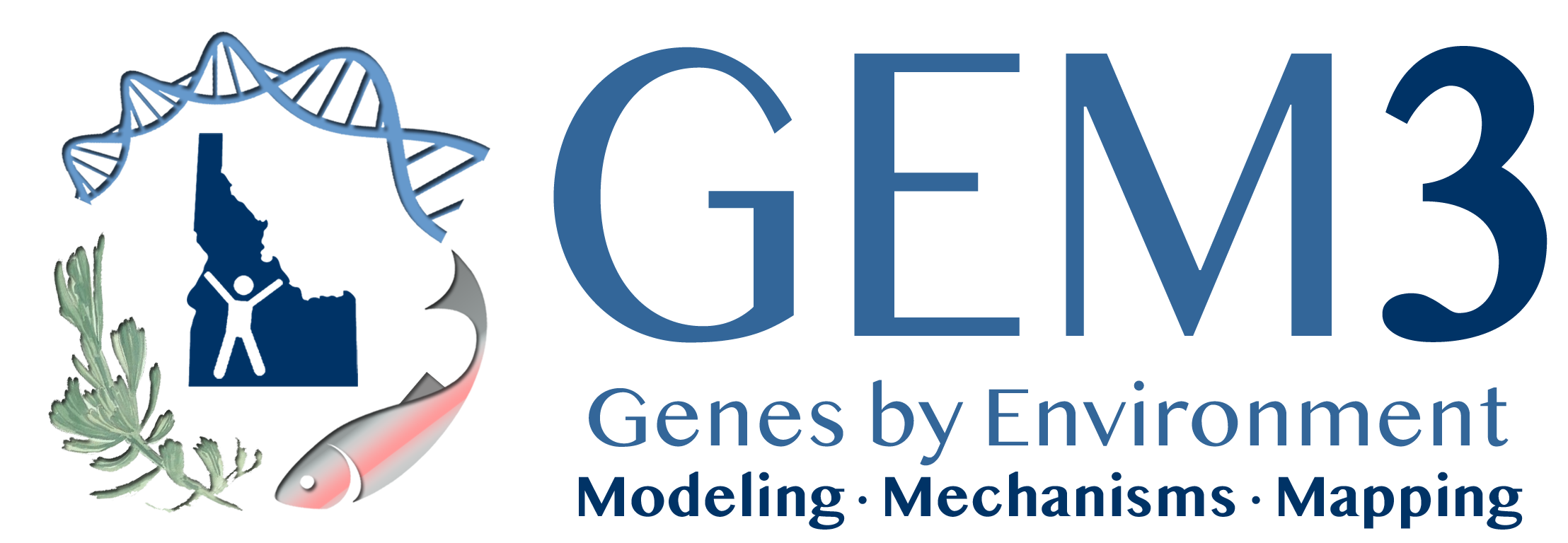Microbiomes play essential roles in the health and function of animal and plant hosts and drive nutrient cycling across ecosystems. Integrating novel trait-based approaches with ecological theory can facilitate the prediction of microbial functional traits important for ecosystem functioning and health. In particular, the yield-acquisition-stress (Y-A-S) framework considers dominant microbial life history strategies across gradients of resource availability and stress. However, microbiomes are dynamic, and spatial and temporal shifts in taxonomic and trait composition can affect ecosystem functions. We posit that extending the Y-A-S framework to microbiomes during succession and across biogeographic gradients can lead to generalizable rules for how microbiomes and their functions respond to resources and stress across space, time, and diverse ecosystems. We demonstrate the potential of this framework by applying it to the microbiomes hosted by the carnivorous pitcher plant Sarracenia purpurea, which have clear successional trajectories and are distributed across a broad climatic gradient.
Hypothetical successional trajectories of microbiomes within the Y-A-S framework. (A) A successional trajectory where each gray dot represents a temporal sample. Low initial resource conditions result in a microbiome composed predominantly of nutrient acquisition (A) traits. Resources accumulate over time, and the microbiome shifts in functional composition toward high-yield (Y) traits before biotic and/or abiotic stressors start to favor stress tolerance (S) traits at the end of the successional trajectory. (B) Successional trajectories for tropical (red line) and temperate (blue line) microbiomes, which under the latitudinal diversity gradient hypothesis would have greater resources in the tropics. The tropical trajectory (red line) starts at a higher resource level and thus with the predominance of (Y) traits, while the temperate system begins in low-resource conditions with a greater representation of (A) traits. The tropical trajectory maintains a greater prevalence of (Y) traits than the temperate trajectory as resources accumulate through time until both trajectories increase in stress tolerator (S) traits toward the end of succession.
| GEM3 author(s) | |
| Year published |
2021
|
| Journal |
Msystems
|
| DOI/URL | |
| Mentions grant |
Yes
|
